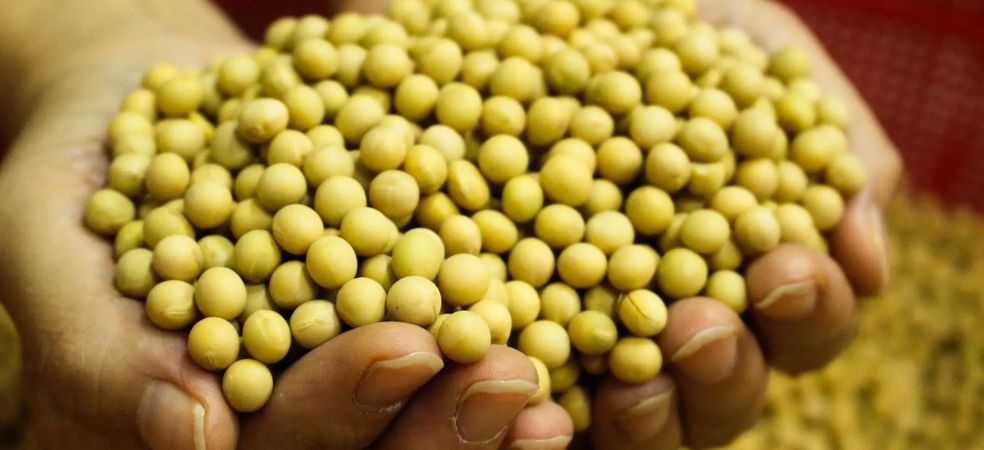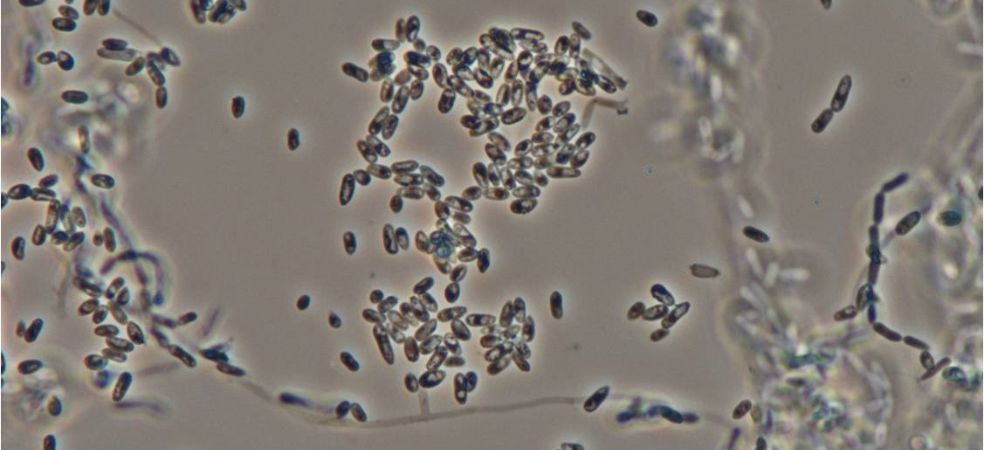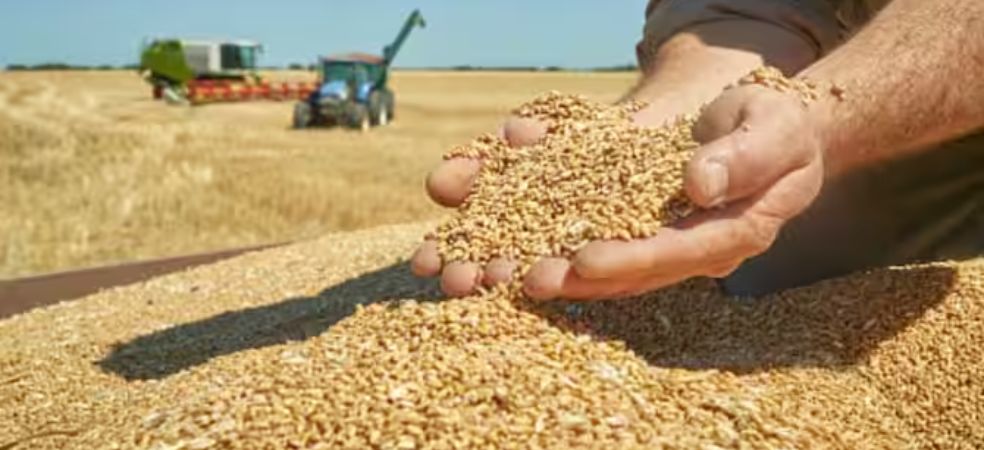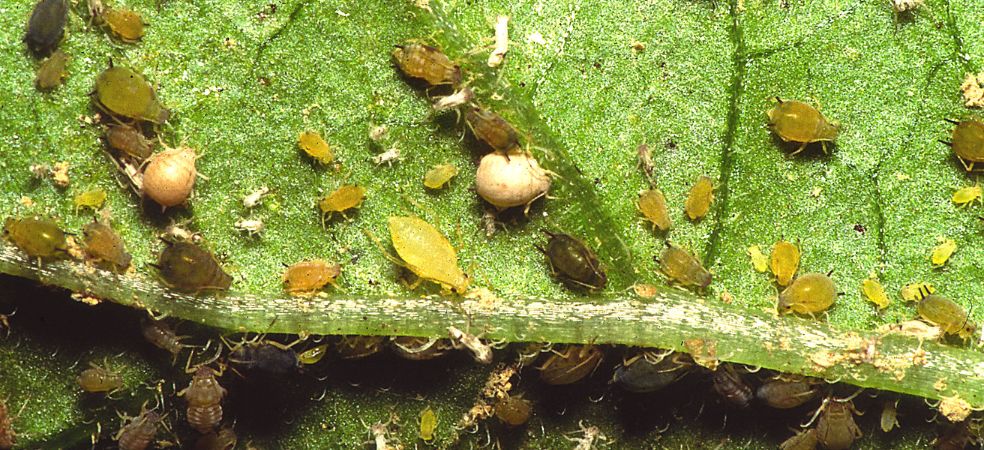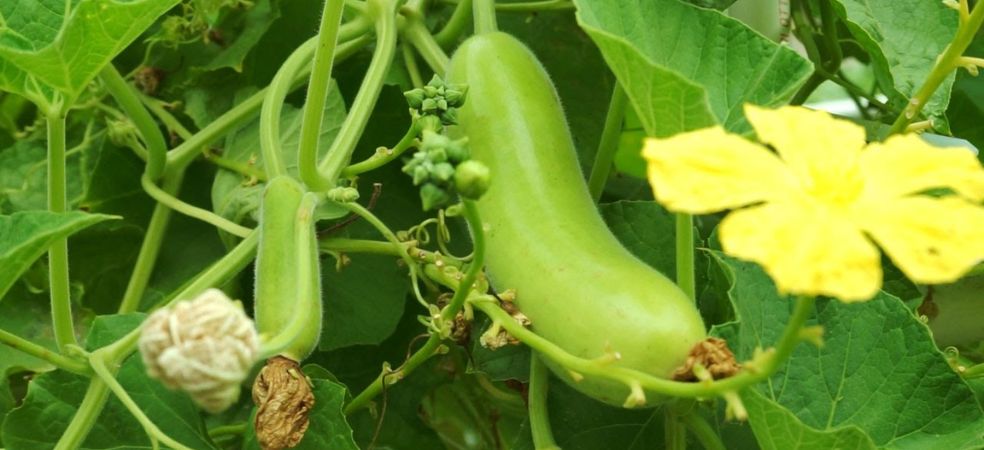To increase farmers’ income, the government has launched several schemes. In this regard, the Bihar government has introduced the Sugarcane Mechanization Scheme 2025. Under this scheme, sugarcane farmers are being provided with up to 70% subsidy on advanced agricultural machinery. The government aims to enhance agricultural productivity and increase farmers’ income through this initiative.
What is the Sugarcane Mechanization Scheme?
The primary objective of the Sugarcane Mechanization Scheme is to promote the use of modern agricultural machinery in sugarcane farming. Under this scheme, farmers will be provided with equipment that will assist in sowing, weed control, pest management, harvesting, and seed treatment.
Which Agricultural Machines Are Eligible for Subsidy?
Under this scheme, sugarcane farmers will receive subsidies on the following modern agricultural machines:
-
Sugarcane Cutter Planter
-
Land Leveler Machine
-
Cultivator
-
Ratoon Management Device
-
Set Treatment Device
-
Engine Operated Power Sprayer
-
Tractor Operated Power Sprayer
-
Diesel Engine/Electric Motor-Operated Juicer Machine
-
Single Bud Cutter (Manual & Power Operated)
-
Power Weeder
-
MB Plow
How Much Subsidy Will Be Provided?
-
General category farmers will receive up to 50% subsidy.
-
SC/ST and backward-class farmers will receive up to 60% subsidy.
-
To establish sugarcane machinery banks, sugar mills, FPOs, Jeevika groups, and farmer groups will receive up to 70% subsidy.
Required Documents
To apply for the scheme, farmers need to provide the following documents:
-
Aadhaar Card
-
Purchase receipt of agricultural machinery
-
Farmer registration number
-
Land ownership certificate
-
Caste certificate (for SC/ST farmers)
-
Copy of bank account passbook
-
Land rent receipt
-
Registered mobile number and email ID
How to Apply?
If you are a farmer from Bihar and want to avail the benefits of this scheme, you can apply online through the official website. A DBT Agriculture ID or mobile number is mandatory for application.
📅 Last Date to Apply: March 1, 2025
Through this scheme, farmers can make their farming more advanced and profitable. Apply now and take advantage of the subsidy!
Source: Krishi Jagran
ShareStay connected with Gramophone for more updates on agricultural schemes!


